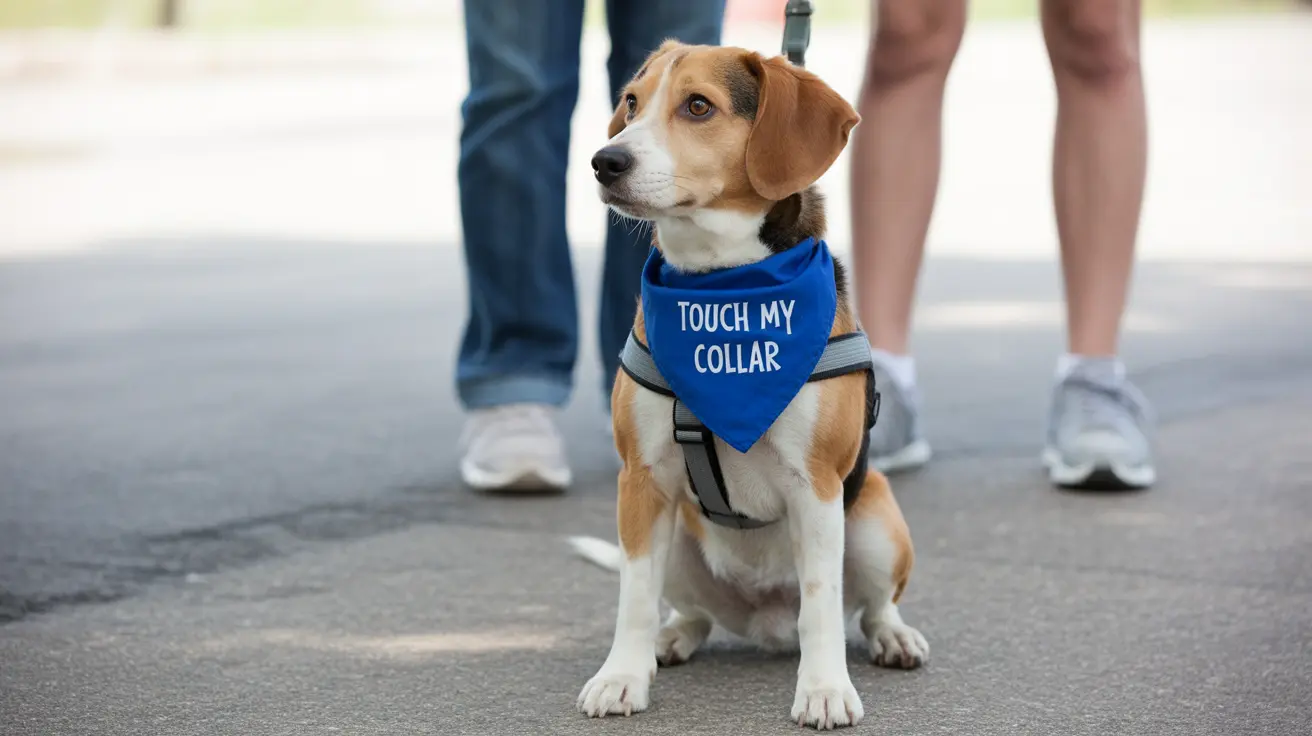Understanding Food Poisoning from Hot Dogs: Timelines, Risks, and Prevention
Hot dogs are a beloved food item enjoyed across generations, but consuming expired or improperly stored hot dogs can result in serious health consequences. One of the main concerns is
food poisoning, which can manifest
within hours to several days after consumption. Understanding the risks, symptoms, and safety measures associated with hot dogs can help prevent foodborne illness.
How Do Hot Dogs Cause Food Poisoning?
Hot dogs are processed meats that are especially susceptible to bacterial contamination if not handled properly or consumed past their optimal date. Common bacteria associated with spoiled hot dogs include:
- Listeria monocytogenes
- Salmonella
- Escherichia coli (E. coli)
- Staphylococcus aureus
- Clostridium perfringens
- Clostridium botulinum
These pathogens can grow unnoticed, as some do not change the food’s smell, texture, or appearance.
How Soon Do Symptoms Appear?
The onset time for foodborne illness varies depending on the bacteria involved. Here's a general timeline:
- 1–6 hours: Staphylococcus aureus
- 6–24 hours: Clostridium perfringens
- 12–72 hours: Salmonella, E. coli
- 1–7 days: Listeria monocytogenes
Therefore, symptoms such as vomiting, diarrhea, abdominal cramps, and fever could begin within a few hours or be delayed for several days after eating a contaminated hot dog.
Recognizing Spoilage in Hot Dogs
Visual and olfactory cues are not always reliable indicators of spoilage. However, there are some typical signs to look out for:
- Sticky or slimy surface
- Off or sour smell
- Color changes (brown, gray, green)
- Mold formation
- Bloated or leaking packaging
Despite these signs, some dangerous bacteria may not present any visible clues. Hence, caution is crucial.
Key Storage Guidelines
To reduce risk, follow these hot dog storage and handling tips:
- Refrigerate unopened packages at or below 40°F (4°C); consume within 2 weeks or by package date.
- After opening, consume hot dogs within 1 week.
- Freeze unopened hot dogs for extended storage (up to 2 months).
- Cook to 165°F (74°C) before eating to kill most bacteria.
- Never leave out hot dogs at room temperature for more than 2 hours.
Symptoms of Food Poisoning
If you’ve eaten a questionable hot dog, monitor for these symptoms:
- Vomiting
- Diarrhea
- Fever
- Abdominal cramps
- Nausea
Some groups are more vulnerable to severe illness, including young children, the elderly, pregnant individuals, and those with weakened immune systems.
Cooking and Reheating Tips
Though cooking hot dogs to 165°F (74°C) can eliminate most bacteria, it can’t destroy certain bacterial toxins such as those from Staphylococcus aureus or spores from Clostridium botulinum. Therefore, if a hot dog is already spoiled, heating may not make it safe.
Safe Handling Recap
- Check "sell by," "use by," and "best by" dates.
- Use airtight storage once opened.
- Recognize signs of spoilage—but remember they’re not always visible.
- Freeze if not planning to eat within a week (opened) or two weeks (unopened).
- When defrosting, thaw in the fridge—never at room temperature.
What to Do If a Hot Dog Seems Off
If the packaging is bloated, leaks, or smells off, discard the product immediately. The old adage applies here:
“When in doubt, throw it out.”
Hot Dogs and Pets
Pets, including dogs, can also get sick from spoiled hot dogs. Watch for vomiting, diarrhea, lethargy, or appetite loss. Seek veterinary advice if symptoms appear.
Conclusion
Hot dogs, while convenient and delicious, require careful handling to avoid foodborne illness. Symptoms can arise quickly or take several days, depending on the contamination. Always prioritize safety by storing hot dogs properly, consuming them within recommended timeframes, and being vigilant for any signs of spoilage. For the sake of your family’s health—including your furry companions—stay informed and cautious.





